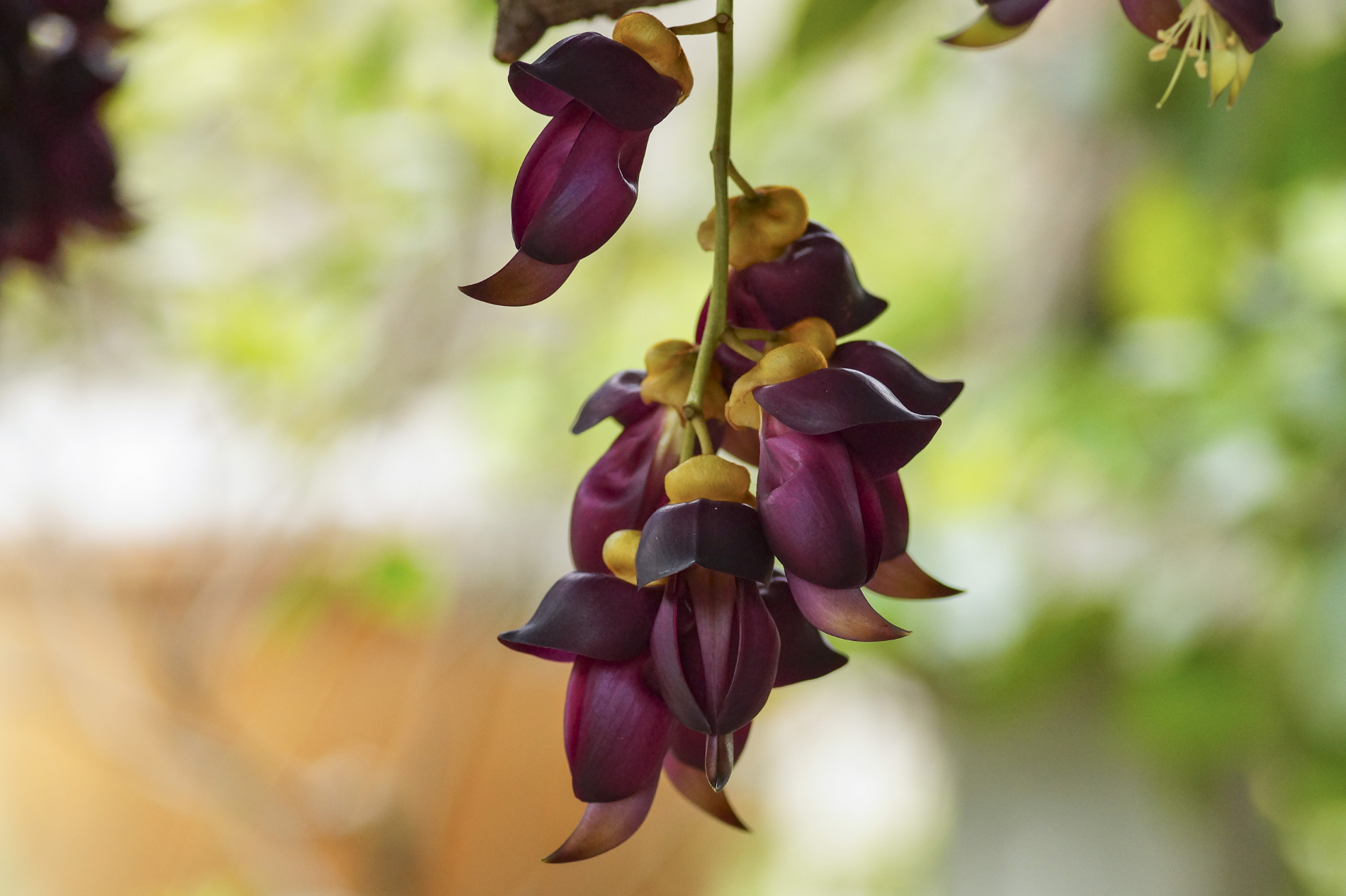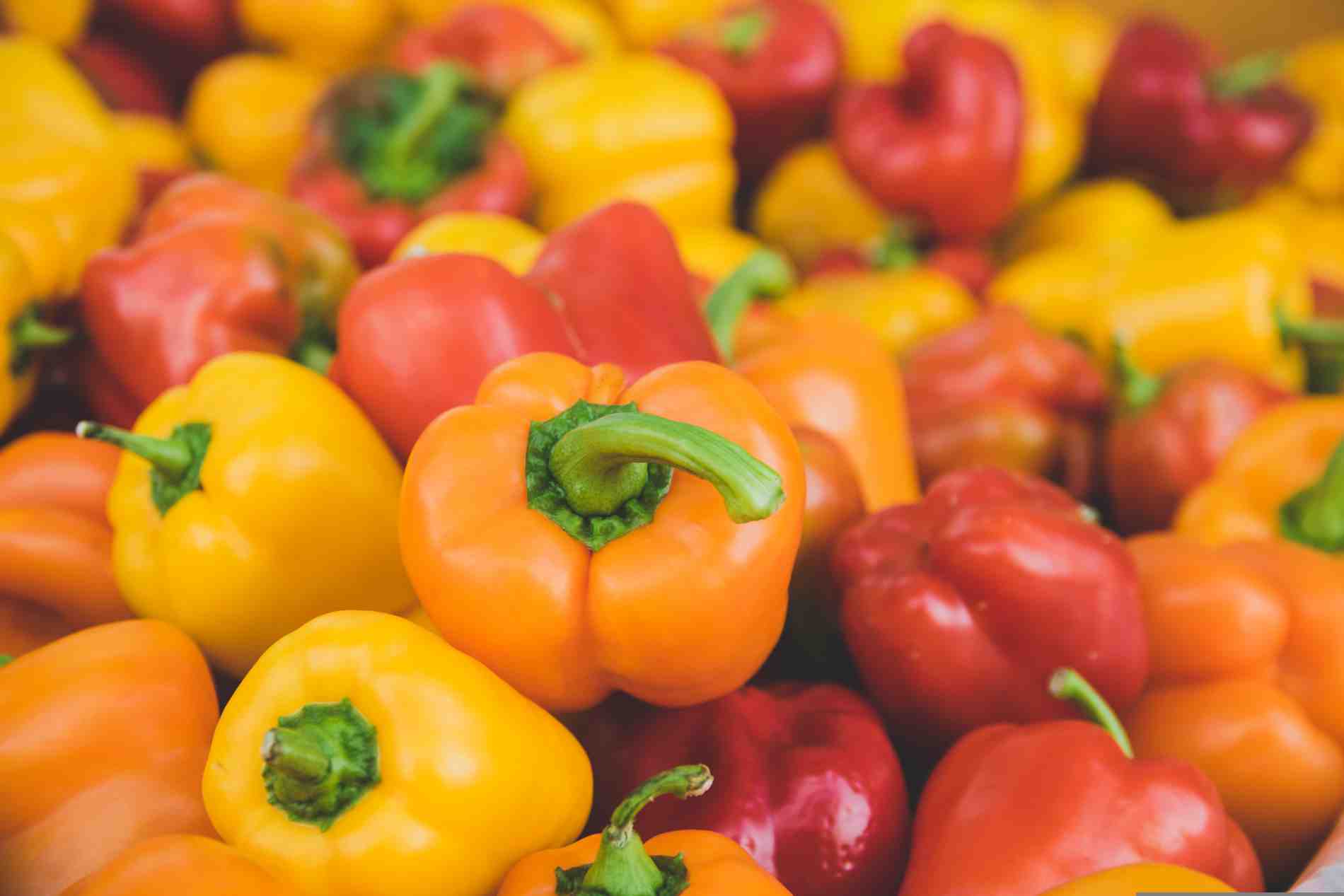Introduction
White goosefoot (Chenopodium album), also known as “melde” or “fat hen”, is a plant that has been used in traditional medicine for thousands of years. Its many health-promoting properties have led to renewed interest in this medicinal plant in recent years. This article looks at the discovery, forms of administration, dosages, health benefits and possible side effects.
White goosefoot: the discovery
The first evidence of the use of it dates back to ancient Egypt, where the plant was used as a food and remedy. Archaeological finds show that the seeds of the plant were also used in prehistoric times in Europe and Asia. Botanists of the 18th and 19th centuries began to systematically catalog the world’s medicinal plants and recognized it as an important component of many traditional healing methods.
Dosage forms and dosage
White goosefoot can be taken in various forms:
- Fresh leaves: these can be cooked like spinach or eaten raw in salads.
- Seeds: The seeds can be roasted, boiled or made into flour.
- Tea: Leaves and seeds can be made into a soothing tea.
- Powder: The leaves and seeds can be dried and ground into powder, which can be used in smoothies or as a dietary supplement.
- Capsules: In modern phytotherapy, capsules containing extracts of white goosefoot are also available.
The dosage varies depending on the intended use and dosage form. As a tea, two teaspoons of dried leaves are poured over with hot water and left to infuse for ten minutes. As a powder or capsules, 1-2 grams per day should not be exceeded.
Diseases that white goosefoot can cure
It has an impressive range of health-promoting properties and can help with various illnesses:
- Indigestion: The plant is known for its digestive properties and can help with flatulence, constipation and stomach cramps.
- Inflammation: The anti-inflammatory properties make it useful in the treatment of arthritis and other inflammatory conditions.
- Respiratory ailments: The plant is traditionally used to relieve coughs and bronchitis.
- Skin diseases: A poultice made from the leaves can be applied to skin irritations, eczema and minor wounds.
- Immune system: Thanks to its high vitamin and antioxidant content, it can strengthen the immune system.
Effect on the body
The healing effect of white goosefoot is due to its high content of nutrients and bioactive compounds. It contains vitamins such as vitamin A, C and E as well as minerals such as calcium, iron and magnesium. These nutrients have an antioxidant effect and support numerous bodily functions.
White goosefoot: when should it be taken?
White goosefoot should be taken for the ailments mentioned above and for general health promotion. The plant can be particularly helpful in times of increased physical or mental stress, a weakened immune system or specific deficiency symptoms.
Contraindications
Certain groups of people are advised not to take it:
- Pregnant and breastfeeding women: There are not enough studies on the safety during pregnancy and breastfeeding, so caution is advised.
- People with kidney problems: Due to its high oxalate content, it can be problematic for people with kidney stones or other kidney conditions.
Food supplements and medicinal plants
To enhance the health-promoting effect of white goosefoot, the following dietary supplements and medicinal plants can also be taken:
- Curcumin: This anti-inflammatory agent from turmeric can complement the anti-inflammatory properties.
- Probiotics: Promote healthy digestion.
- Vitamin D: Supports the immune system.
- Garlic: Known for its antimicrobial properties and immune system support.
Foods with a high white goosefoot content
As white goosefoot is known more as a medicinal plant than as a food, foods with a high white goosefoot content are rare. It is best to incorporate the fresh leaves and seeds directly into your daily diet, e.g. in:
- salads
- smoothies
- soups
- stews
White goosefoot: side effects and overdose
Although white goosefoot offers many health benefits, side effects can occur, especially if consumed in excess. The most common are:
- Stomach discomfort: Diarrhea or stomach pain may occur if consumed in excess.
- Allergic reactions: In rare cases, skin rashes or breathing difficulties may occur.
In the event of an overdose, there is a risk of oxalate poisoning, which can lead to kidney stones. It is therefore important not to exceed the recommended dosage and to consult a doctor if in doubt.
Use in naturopathy
In phytotherapy, white goosefoot is used as a natural remedy in various forms:
- Tinctures: For internal use in digestive disorders.
- Ointments and poultices: For external use for skin problems.
- Teas and infusions: For general health promotion and for specific complaints such as respiratory problems.
Summary
White goosefoot is a versatile medicinal plant that has been valued in traditional medicine for thousands of years. Its rich nutrients and bioactive compounds make it a valuable natural remedy for various health complaints. When used and dosed correctly, white goosefoot can be a valuable addition to the daily diet and health care.




